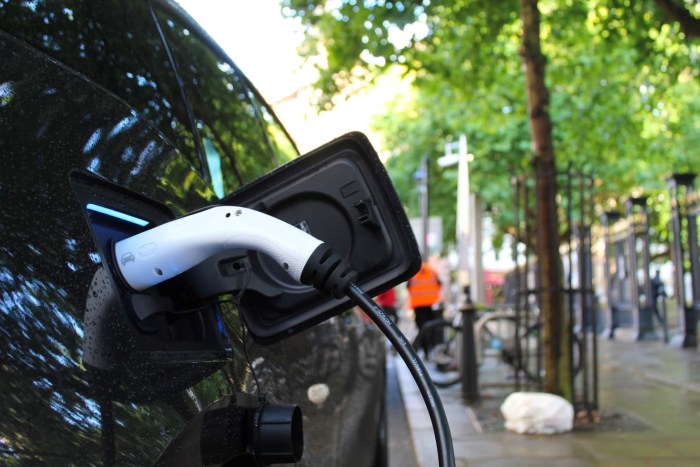Choosing the best flooring for your dream home is not an easy task. There are a wide variety of flooring options available in the market, and it is sometimes frustrating to select the right type of flooring. Engineered wood flooring is a cost-effective and eco-friendly flooring option to add a touch of elegance to your new home. Read more about the unique features of engineered wood flooring below:
1. Engineered wood is eco-friendly
With increasing focus on green lifestyle, homeowners are looking for eco-friendly hard flooring to make their homes truly green and environmentally-friendly. The appearance of engineered wood flooring is almost the same as that of solid wood flooring but the manufacturing processes are quite different.
Engineered wood flooring is made up of a thin veneer on top of a less-expensive plywood. This distinctive style of manufacturing not only helps in conservation of natural wood, but also makes the flooring both cheaper and stronger. A new industry trend is to replace plywood with recycled wood fiber mixed with stone dust which provides additional dimensional stability.
2. Ease in installation
Engineered wood flooring offers installation advantage as it is easier and cost-effective to install than traditional hardwood floors. The wide range of engineered wood floor installation methods include stapling or nailing, fold-and-lock, or glue. The ease in installation makes it ideal for both DIY and professional installation.
Engineered wood floors are milled with tongue and groove (T&G) construction in which the planks are fitted together, like puzzle pieces, with each row held down by the row next to it. Tongue and groove milling allow the floors to be stapled or nailed down, glued, and sometimes floated. The versatility of engineered wood can be gauged from the fact that it can be directly installed over a concrete subfloor or on top of old hardwood floors.
3. Better resistance to moisture
Engineered wood is more capable of fighting moisture than conventional wood floors, primarily due to its dimensional stability which prevents warps and other deformities when it comes into contact with water. The relatively stable structure of engineered wood is provided by the cross-wise layers of plywood fibers which is in contrast to parallel fibers of hardwood.
The moisture-resistant nature of engineered floors makes it well-suited for moisture-prone areas like bathrooms and basements. The ability to withstand moisture means engineered wood is more durable than conventional hardwood floors.
4. More resistant to temperature changes
Compared to traditional hardwood floors, engineered wood floors have better capabilities to resist temperature changes. The multiple-ply plank design facilitates its expansion without compromising on its structural strength and stability.
The hardwood and plywood layers are bonded together under heat and pressure which negates the natural tendency of hardwoods to expand, contract, warp, or cup when exposed to temperature changes in certain areas, like utility rooms.
5. Amazing range of styles, grades and finishes
Engineered wood floors can adapt to your lifestyle as well as your budget. It is available in a wide array of styles, like oak and maple, and diverse range of multiple finishes including matte, semi-gloss, and high-gloss. You have the option to go for cost-efficient tough, lacquered floor or to choose the top-quality oiled version. You also have the liberty to choose a rustic or a time worn appearance, depending on your preferences.
Conclusion
Engineered wood floors is a cost-efficient, durable, versatile and eco-friendly alternative to traditional flooring options, like hardwood, laminate and parquet flooring. Its ability to withstand moisture and temperature changes makes it well-suited for all kinds of residential and commercial buildings.
The easy installation and hassle-free maintenance of engineered wood flooring makes it attractive for an amateur DIY buff as well as for a professional interior decorator. To sum up, engineered wood floors are a logical and green alternative to provide elegance and creativity to your new home.














